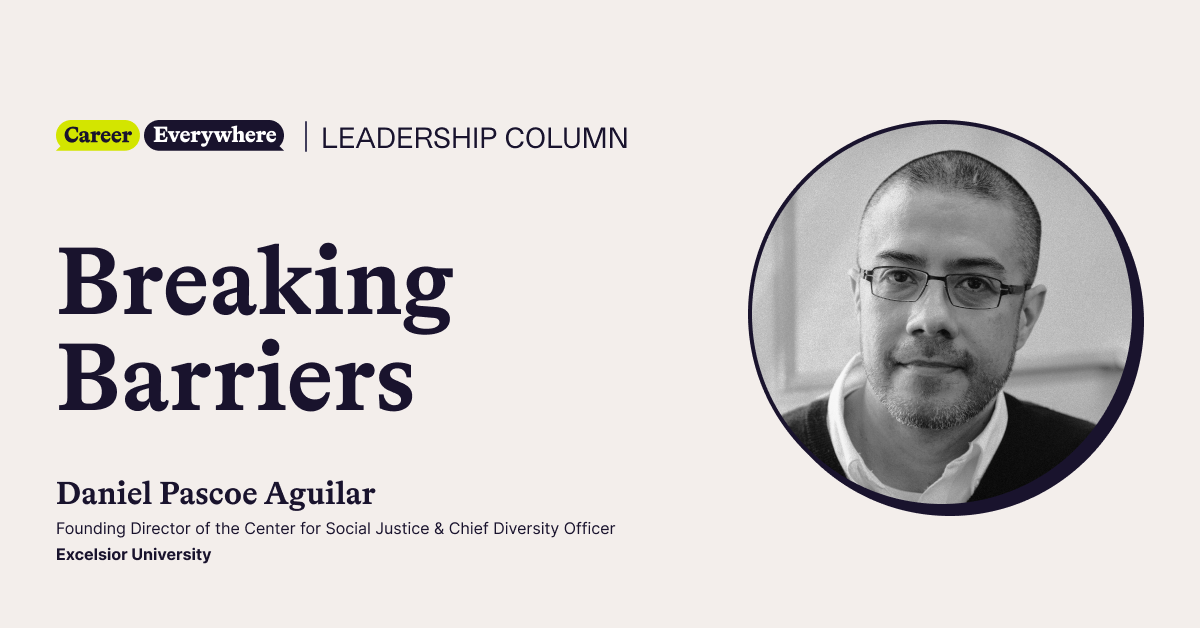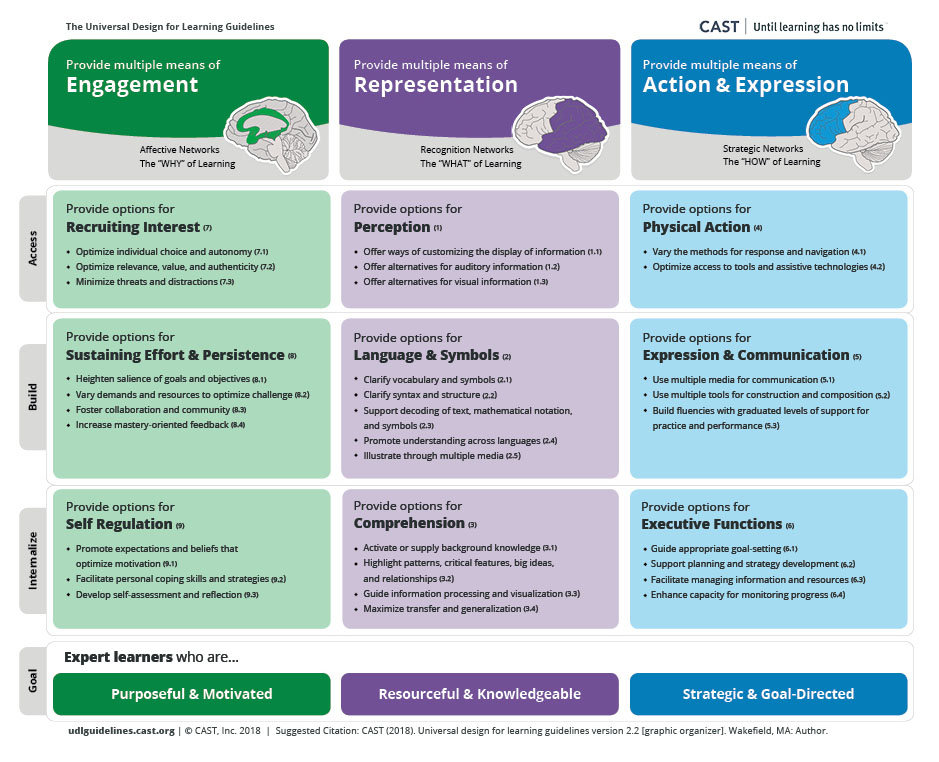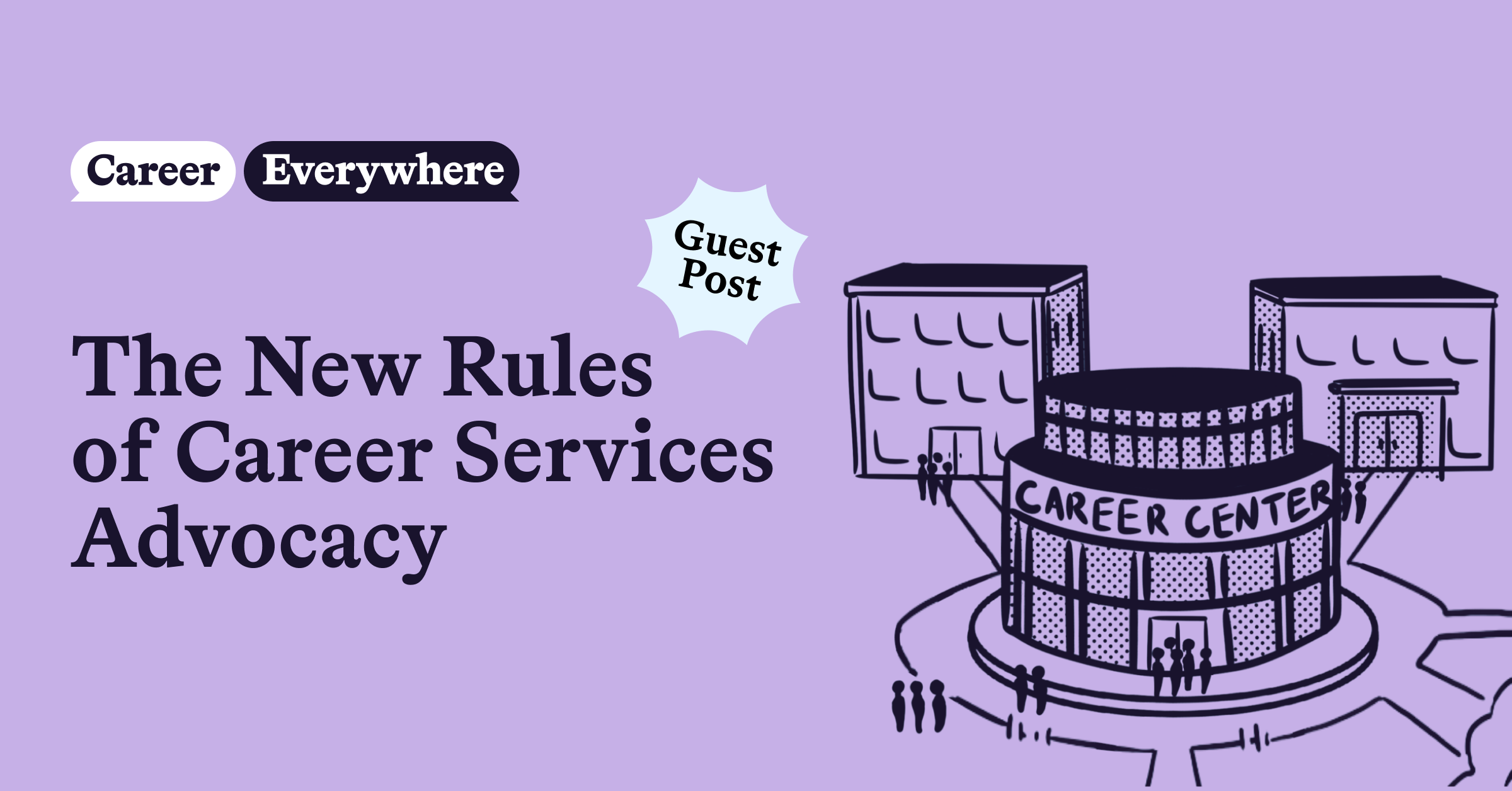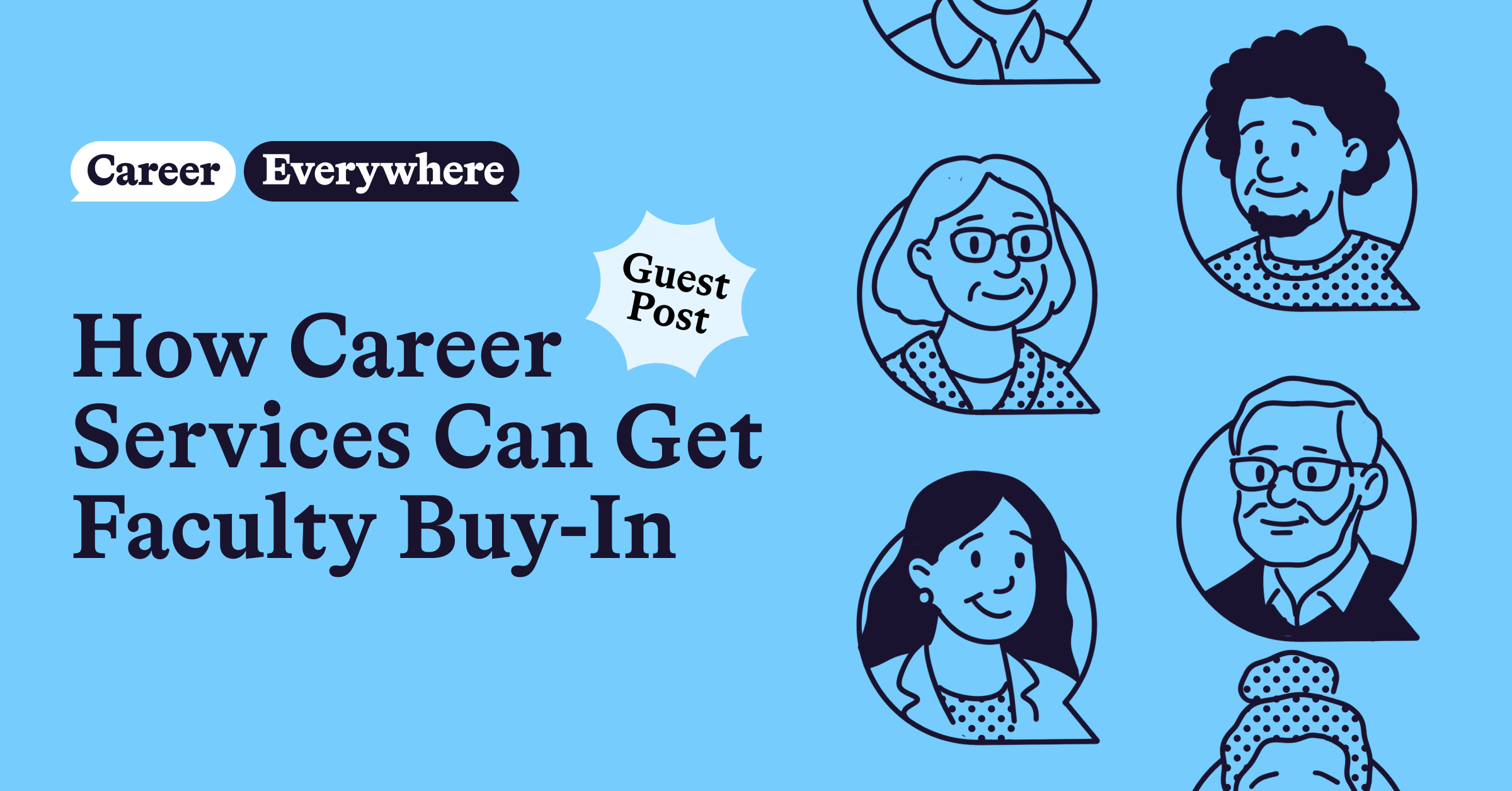
In my last column, I shared that I perceive Hersey and Blanchard’s Situational Leadership Theory as an emphasis of the relationship between our leadership and our necessary facilitation of the growth, learning, and professional development of the leaders we lead. It’s also a reminder of the necessary individualization of our leader development facilitation and the never-ending developmental nature of our work.
I mentioned how this assessment has led me to believe that a critical focus of our leadership should be our facilitation of our team members’ leadership learning and growth, which requires our careful instruction and instructional design as an integral part of our systemic leadership.
I also shared how I have found CAST’s Universal Design for Learning (UDL) theory helpful, particularly its emphases on the meaningful and inclusive engagement, representation, and action and expression of the learners or leaders we serve and as a tool for our inclusive, effective, and efficient facilitation of the learning and development of the leaders we lead. As a quick reminder, UDL is an instructional design theory that focuses on the inclusive learning and development of diverse learners. By helping us to intentionally diversify the means through which we engage, represent knowledge, and facilitate the action and expression of the learners with whom we work, UDL helps us facilitate learning and development for all members of of our teams, regardful of who they are, of what matters to them, and of their learning style.
Scaffolding the diversification and quality of the resources and knowledge on which the leaders we lead anchor their efforts is a responsibility of our leadership. According to UDL, this emphasis of our leadership can enhance the inclusivity, authenticity, accuracy, and intelligence of the “what” or the content the team members we serve access for their learning and development, and for their leadership and work. We know the diversity and quality of our resources and knowledge are a catalyst to the effectiveness of our leadership and that their absence, inaccuracy, or our lack of access to them could put our success and/or the success of those we serve at risk.
So, to facilitate the development of informed and effective learners or leaders, UDL recommends facilitating the diversification of their means of content representation in three key ways. This involves scaffolding the inclusivity and accuracy of:
- Their access to and perception of key information
- The language and symbols on which they build their knowledge and intelligence
- Their comprehension and internalization of the content they learn and use

Access to inclusive and accurate information
One of the challenges we face in higher education is the quantity and quality of student and organizational needs to which we need to respond in an ongoing basis. Our scaffolding of the student experience and their academic, career, and leadership success is and should never be finite; there is always more to do.
In addition, our current market and social challenges have made our problem-solving and production inherently constant and intense. Unfortunately, this often makes it seem that pausing our efforts to assess our work or to plan for the improvement or innovation of our work is too costly or inefficient. From my perspective, the greatest threat of this assumption is it often limits the value we place in our inclusivity and diversification of the resources, knowledge, and intelligence we seek to inform and integrate in our design and enhancement of our efforts.
So, when working with the leaders we lead, UDL principles can help us enhance our systemic leadership and that of the leaders we lead by considering questions/responsibilities such as the ones listed below as part of our efforts to scaffold the inclusivity and accuracy of the resources and knowledge members of our teams access to be successful in their leadership:
- How could we further collaborate with the students we serve to elicit their perspective on the inclusivity and accuracy of our effort design, assessment, and enhancement?
- How could we further diversify and facilitate the authenticity of the student input we are eliciting to enhance the inclusivity and accuracy of the information on which we base our work?
- What on/off-campus community members should further inform the design, assessment, and improvement of our efforts? And how could we elicit their perspective more inclusively and authentically?
Building knowledge on inclusive and accurate language and symbols
Another concerning challenge of higher education is the set of assumptions that have informed its historical and recent design and modi operandi. Unfortunately, our post-secondary education system was not designed to include all members of our community. And still today, we often experience or learn about efforts to limit access to the transformative power of higher education for members of historically underrepresented members of our communities. An example of this is how, according to BLS, earning a bachelor’s degree in the U.S. drops a graduate’s unemployment rate to half and moves them to an income bracket that doubles their wages. But, according to PRC, only 12% of U.S. residents living in poverty complete a college education. The transformative power of higher education could and should be further equitable as a form of social justice and in our dire need for a further diverse, authentic, engaged, and ready next generation of leaders.
So, when working with the leaders we lead, UDL principles can help us enhance our systemic leadership and that of the leaders we lead by considering questions/responsibilities such as the ones listed below as part of our efforts to scaffold the inclusivity and accuracy of the language and symbols members of our teams access to be successful in their leadership:
- How could we further diversify the language and symbols we use to elicit, interpret, and build the knowledge base that informs the design, assessment, and improvement of our efforts and leadership?
- How could we become further receptive, learn as much as we can, and be inclusive and respectful of the language and symbols integral to the experience and perspective of the students we serve and to the on/off-campus community members with whom we collaborate?
- How could we diversify the media we use/elicit and how could we make it more inclusive, authentic, and accurate to inform our efforts and leadership as intelligently and effectively as possible?
Comprehending and internalizing inclusive and accurate information
One of our major challenges as human beings is our openness to change and difference.
One example of this is how Peter Drucker analyzed the systems with which we interact and under which we operate: mechanical, biological, ecological, and human. One of his main findings was that, of these four systems, human systems are the most capable of change. But of the four, human systems are also the most resistant to change.
Unfortunately our difficulties with change and difference go much deeper: John Powell, Heather McGee, Milton Bennett, and so many others have eloquently alerted us about the frequency and danger of our fear of difference, of our lack of openness to adaptation and growth, of our unfortunate limitation in seeing the humanity in others—particularly in those whose experiences or perspectives are so different to ours, making it virtually impossible to understand them because we have not walked their footsteps. This means that one of our greatest threats is our inability to elicit, process, and internalize new, different information to the depth necessary to let us see the paradigms we need to shift, the change we need to pursue, the systemic redesign we need to lead, and the leader learning and development we need to facilitate and scaffold.
So, when working with the leaders we lead, UDL principles can help us enhance our systemic leadership and that of the leaders we lead by considering questions/responsibilities like the ones listed below as part of our efforts to scaffold the comprehension and internalization of new information members of our teams access to be successful in their leadership:
- How may we further open our mindsets to enhance our comprehension and internalization of new information—however different and difficult or impossible to understand—in order to learn, adapt, redesign, and lead more inclusively and effectively?
- How could we strengthen our leadership of collective empathy, definition, ideation, assessment, and improvement of our work and leadership to enhance their inclusivity and effectiveness?
- How could we further diversify the representation of our information, intelligence, comprehension, and internalization to maximize the inclusivity and effectiveness of our leadership and efforts?
A main focus of our leadership should be our facilitation of our team members’ leadership learning and growth. This requires our careful instructional design and facilitation of learning and development as an integral part of our leadership of the experience of the leaders we lead.
I have found the UDL (Universal Design for Learning) and its emphases on the meaningful and inclusive engagement, representation, and action and expression of the learners or leaders we serve to be a powerful approach to the inclusivity, effectiveness, and sustainability of our systemic leadership.


